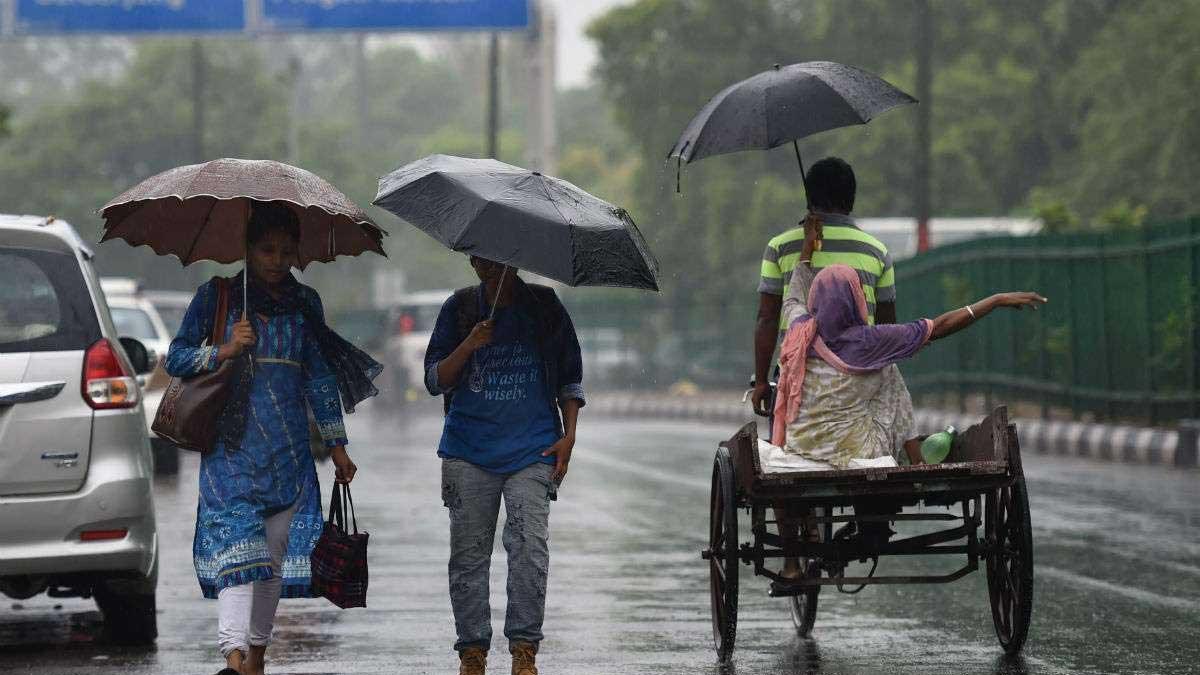Some great news is coming! The eagerly awaited southwest monsoon may finally bring relief to India's heat and drought-stricken regions. According to the India Meteorological Department (IMD), the southwest monsoon is expected to make an entrance over Kerala around May 31st, heralding the crucial four-month rainy season that fuels India's agriculture-dependent economy. While there is a slight margin of error of four days, this forecast falls very close to historical averages, as highlighted by IMD Director General Mrutyunjay Mohapatra.
As of now, the southwest monsoon is projected to progress over the South Andaman Sea and portions of the Southeast Bay of Bengal and the Nicobar Islands by Sunday, May 19.
The onset of the monsoon in Kerala has seen significant variations over the past 150 years. From the earliest recorded arrival on May 11, 1918, to the latest on June 18, 1972, the timing has fluctuated. Last year, the monsoon reached the southern state on June 8.
The forecast this year brings a glimmer of hope following a harsh April marked by record-breaking heatwaves across various regions of the country. The blistering temperatures took a toll on public health, livelihoods, and strained power grids due to heightened demand. Depleted water bodies raised concerns of impending drought-like conditions.
The above-average monsoon prediction is particularly encouraging for India's agricultural sector, which heavily relies on monsoon rains for over half of the country's net cultivated land. Timely and sufficient rainfall is essential for replenishing reservoirs used for drinking water and power generation.
June and July stand out as pivotal months for agriculture during the monsoon season, as this period sees the sowing of most Kharif crops, including rice and pulses.
However, although El Niño, which is associated with a weak monsoon, is currently prevailing, the scientists predict a return to La Niña by August-September. La Niña's cooler Pacific waters would usually herald adequate monsoon rain.
The IMD also predicted the positive IOD would emerge by August. Positive IOD means the eastern Indian Ocean waters cool compared to the west. The fact has traditionally given South India copious rain.
Another factor in the making of the monsoon is below-normal snow in the northern hemisphere and Eurasia. A set of data indicates an "inverse relationship" between the level of snow cover over these areas and the Indian monsoon strength.
Read also | High-Level Discussions on Afghanistan: Putin's Key Aide Visits New Delhi


















